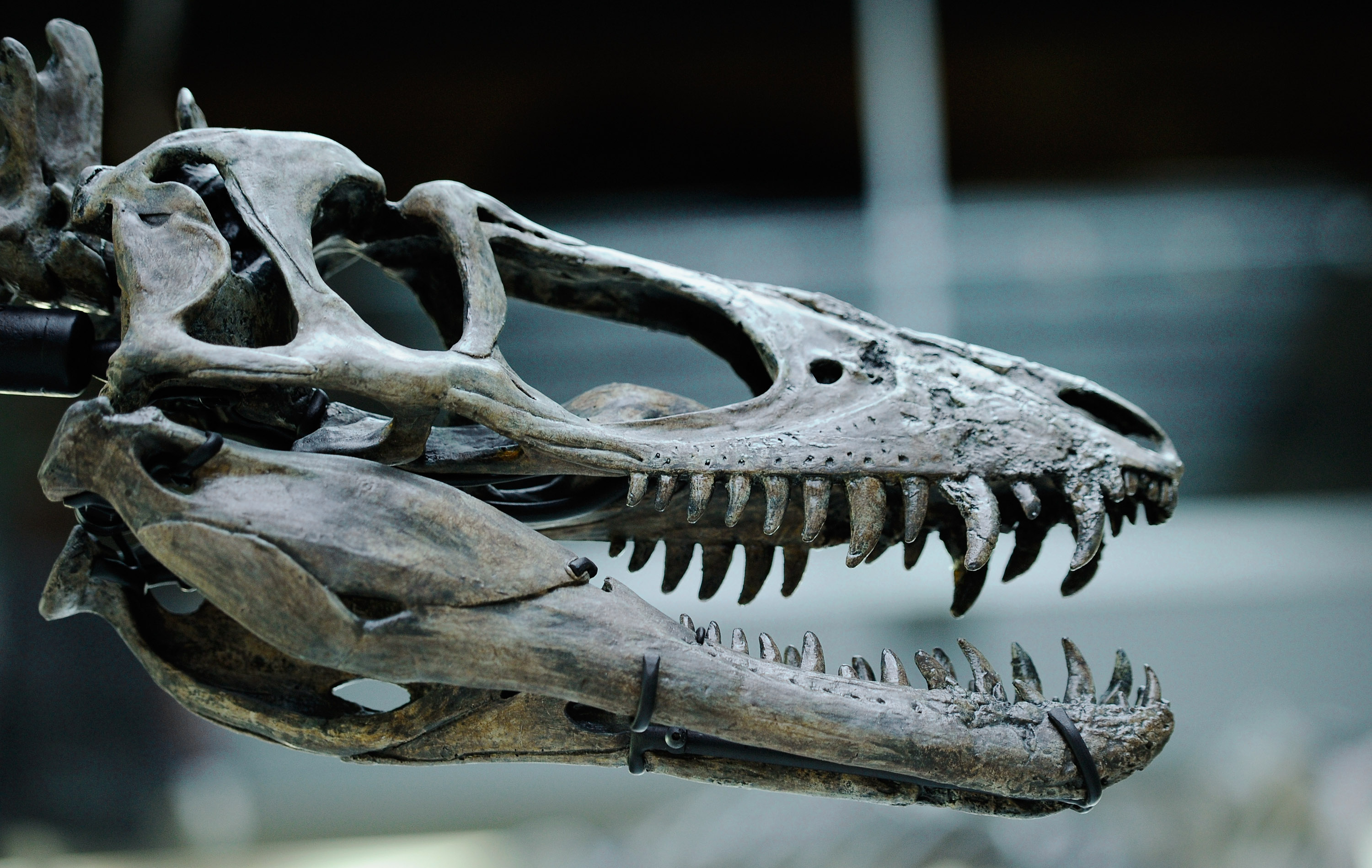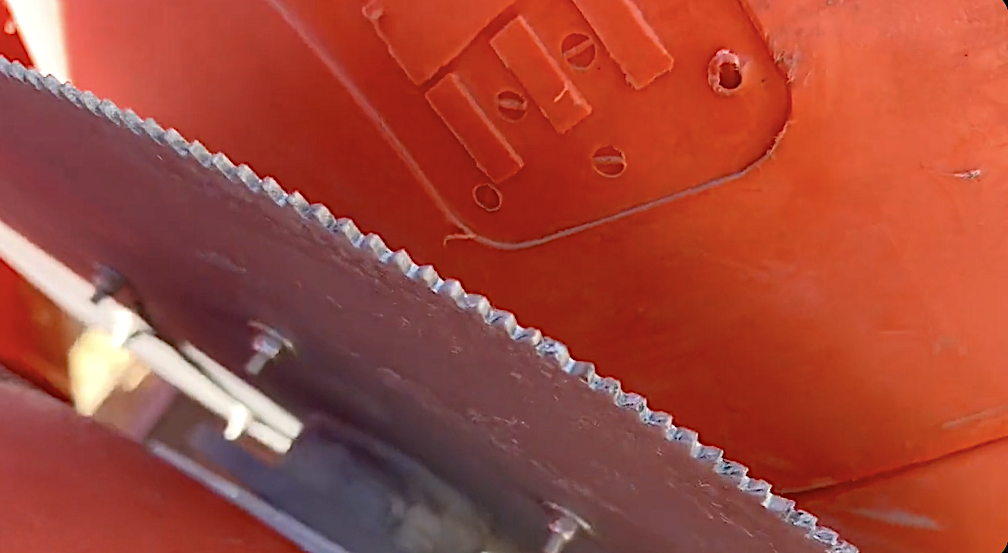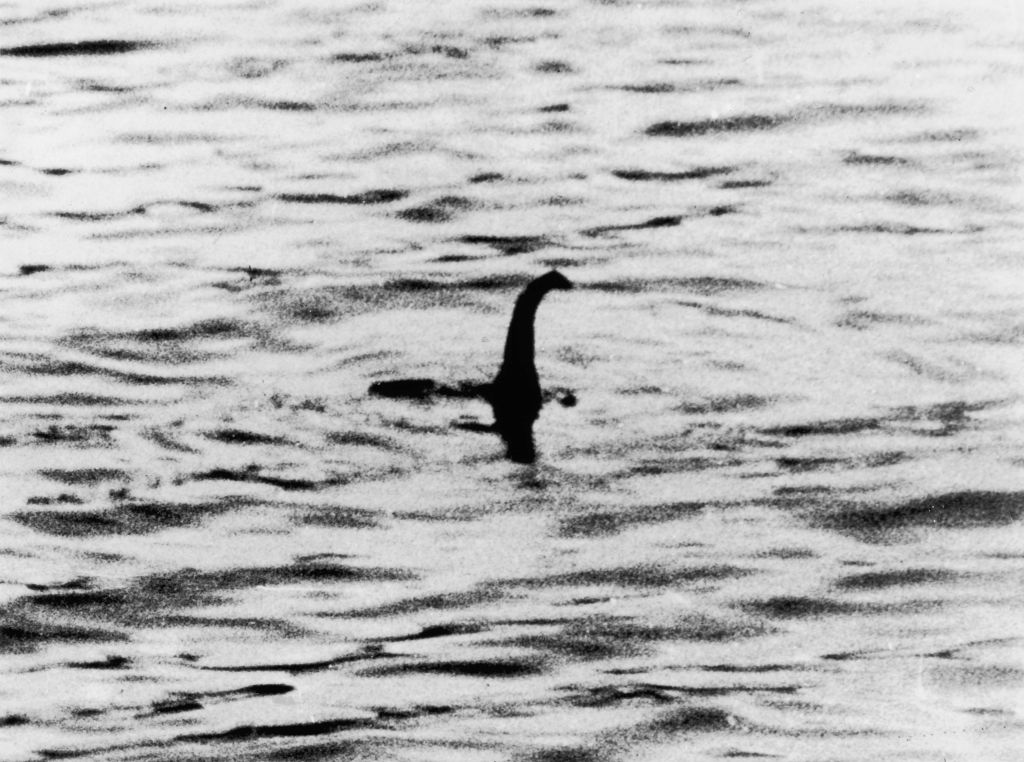Meet the pterodactyl's oldest cousin

Before the dinosaurs hit their stride, the Earth may have belonged to a different kind of reptile: the pterosaur.
Paleontologists have discovered a new species of pterosaur, the reptile family to which the famed pterodactyl belongs. Dating back about 210 million years, the bones of Caelestiventus hanseni are changing what we know about these prehistoric creatures.
Caelestiventus hanseni's remains are much older than most other pterosaurs scientist have uncovered — throwing a potential wrench in the evolutionary timeline. In a study published in the journal Nature Ecology and Evolution, researchers theorize that the finding means pterosaurs thrived in an age even before dinosaurs had evolved.
The Week
Escape your echo chamber. Get the facts behind the news, plus analysis from multiple perspectives.

Sign up for The Week's Free Newsletters
From our morning news briefing to a weekly Good News Newsletter, get the best of The Week delivered directly to your inbox.
From our morning news briefing to a weekly Good News Newsletter, get the best of The Week delivered directly to your inbox.
The pterosaurs were the first creatures besides insects to evolve the capacity for powered flight, rather than leaping or gliding, Newsweek explained. Because of the lightness of their bones, remains are usually found in a less-than-pristine condition: "literally like roadkill," study author Brooks Britt told BBC News. So the discovery of these delicate bones still intact — especially the skull — is a major find for paleontologists.
The bones were discovered in a desert in Utah, which would have been an oasis when this creature would have been alive. Though it hadn't reached adulthood, the specimen's wingspan was already over 1.5 meters, or roughly 5 feet, which could make it the biggest species of pterosaur on record, BBC News reported.
Although the fossils cannot be fully removed from the rock they were found in, due to their fragility, scientists are analyzing them using CT scans and 3-D models in the hopes of learning more about how this ancient pterosaur lived. Read more about Caelestiventus hanseni at Newsweek.
A free daily email with the biggest news stories of the day – and the best features from TheWeek.com
Shivani is the editorial assistant at TheWeek.com and has previously written for StreetEasy and Mic.com. A graduate of the physics and journalism departments at NYU, Shivani currently lives in Brooklyn and spends free time cooking, watching TV, and taking too many selfies.
-
 6 lovely barn homes
6 lovely barn homesFeature Featuring a New Jersey homestead on 63 acres and California property with a silo watchtower
-
 Film reviews: ‘Marty Supreme’ and ‘Is This Thing On?’
Film reviews: ‘Marty Supreme’ and ‘Is This Thing On?’Feature A born grifter chases his table tennis dreams and a dad turns to stand-up to fight off heartbreak
-
 Political cartoons for December 14
Political cartoons for December 14Cartoons Sunday's political cartoons include a new White House flag, Venezuela negotiations, and more
-
 Nobody seems surprised Wagner's Prigozhin died under suspicious circumstances
Nobody seems surprised Wagner's Prigozhin died under suspicious circumstancesSpeed Read
-
 Western mountain climbers allegedly left Pakistani porter to die on K2
Western mountain climbers allegedly left Pakistani porter to die on K2Speed Read
-
 'Circular saw blades' divide controversial Rio Grande buoys installed by Texas governor
'Circular saw blades' divide controversial Rio Grande buoys installed by Texas governorSpeed Read
-
 Los Angeles city workers stage 1-day walkout over labor conditions
Los Angeles city workers stage 1-day walkout over labor conditionsSpeed Read
-
 Mega Millions jackpot climbs to an estimated $1.55 billion
Mega Millions jackpot climbs to an estimated $1.55 billionSpeed Read
-
 Bangladesh dealing with worst dengue fever outbreak on record
Bangladesh dealing with worst dengue fever outbreak on recordSpeed Read
-
 Glacial outburst flooding in Juneau destroys homes
Glacial outburst flooding in Juneau destroys homesSpeed Read
-
 Scotland seeking 'monster hunters' to search for fabled Loch Ness creature
Scotland seeking 'monster hunters' to search for fabled Loch Ness creatureSpeed Read